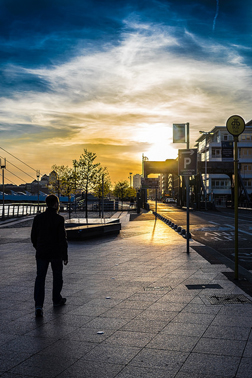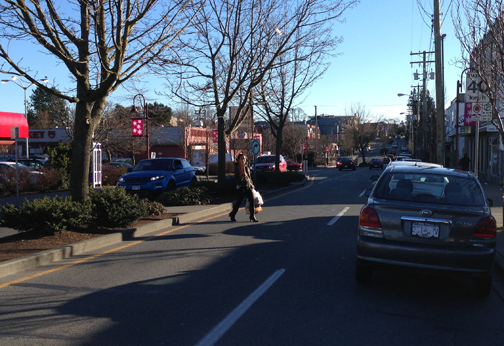Last year, Paul Glassen, of Nanaimo, wrote to me:
“We all walk in the first couple years of life, many start cycling and riding buses in grade school. We don’t drive the auto until we are in our later teens. Why do we call walking, cycling and transit ‘alternative transport’? Clearly, they are primary transportation, and the auto is the alternative.”
Glassen’s reasoning plays on the order in which people adopt ways of moving about during their lives. As such, walking—by itself—would indeed be the primary form of transportation. Cycling or public transit would be the secondary and tertiary modes of transport, and driving, the quaternary (car-tenary) form. Crawling, abandoned once we’re upright, loses its initial place in our early years….
Read the rest of this editorial at the Victoria Times Colonist….



